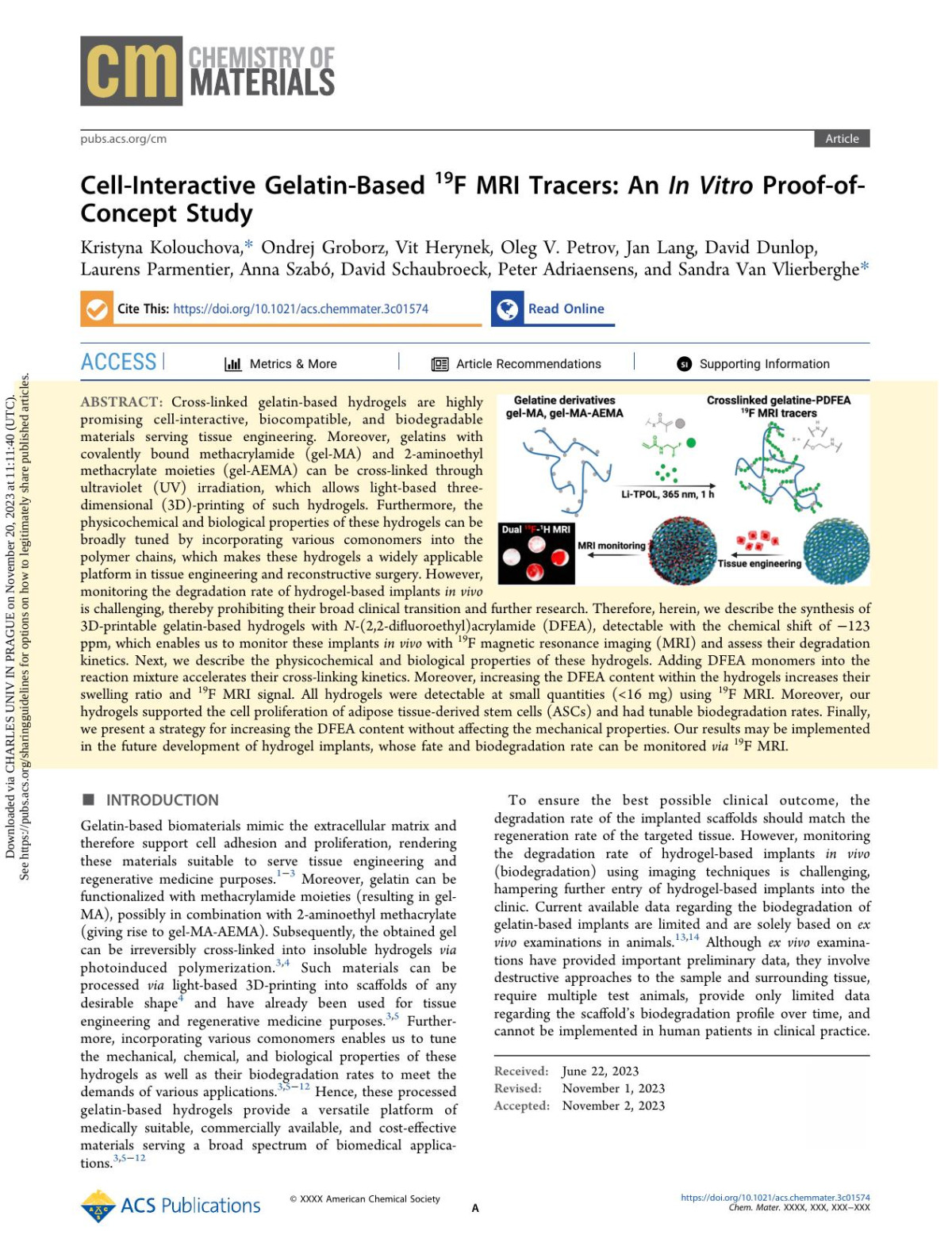

Most ebook files are in PDF format, so you can easily read them using various software such as Foxit Reader or directly on the Google Chrome browser.
Some ebook files are released by publishers in other formats such as .awz, .mobi, .epub, .fb2, etc. You may need to install specific software to read these formats on mobile/PC, such as Calibre.
Please read the tutorial at this link: https://ebookbell.com/faq
We offer FREE conversion to the popular formats you request; however, this may take some time. Therefore, right after payment, please email us, and we will try to provide the service as quickly as possible.
For some exceptional file formats or broken links (if any), please refrain from opening any disputes. Instead, email us first, and we will try to assist within a maximum of 6 hours.
EbookBell Team

5.0
30 reviewsCross-linked gelatin-based hydrogels are highly promising cell-interactive, biocompatible, and biodegradable materials serving tissue engineering. Moreover, gelatins with covalently bound methacrylamide (gel-MA) and 2-aminoethyl methacrylate moieties (gel-AEMA) can be cross-linked through ultraviolet (UV) irradiation, which allows light-based three-dimensional (3D)-printing of such hydrogels. Furthermore, the physicochemical and biological properties of these hydrogels can be broadly tuned by incorporating various comonomers into the polymer chains, which makes these hydrogels a widely applicable platform in tissue engineering and reconstructive surgery. However, monitoring the degradation rate of hydrogel-based implants in vivo is challenging, thereby prohibiting their broad clinical transition and further research. Therefore, herein, we describe the synthesis of 3D-printable gelatin-based hydrogels with N-(2,2-difluoroethyl)acrylamide (DFEA), detectable with the chemical shift of −123 ppm, which enables us to monitor these implants in vivo with 19F magnetic resonance imaging (MRI) and assess their degradation kinetics. Next, we describe the physicochemical and biological properties of these hydrogels. Adding DFEA monomers into the reaction mixture accelerates their cross-linking kinetics. Moreover, increasing the DFEA content within the hydrogels increases their swelling ratio and 19F MRI signal. All hydrogels were detectable at small quantities (<16 mg) using 19F MRI. Moreover, our hydrogels supported the cell proliferation of adipose tissue-derived stem cells (ASCs) and had tunable biodegradation rates. Finally, we present a strategy for increasing the DFEA content without affecting the mechanical properties. Our results may be implemented in the future development of hydrogel implants, whose fate and biodegradation rate can be monitored via 19F MRI.
doi: 10.1021/acs.chemmater.3c01574